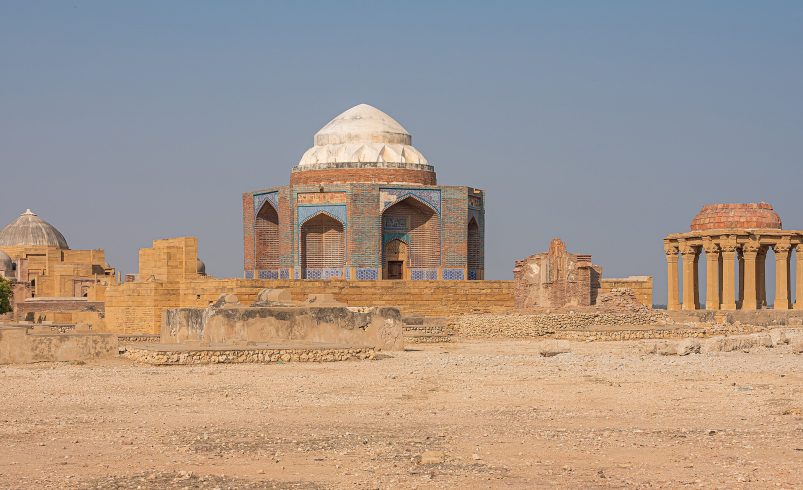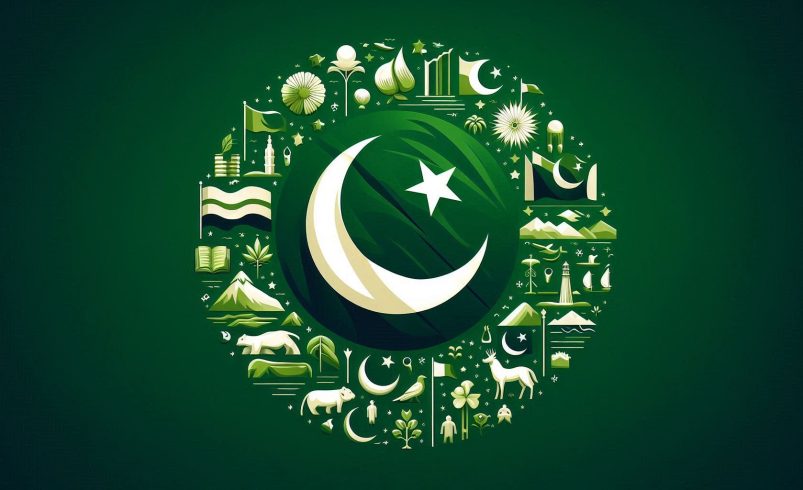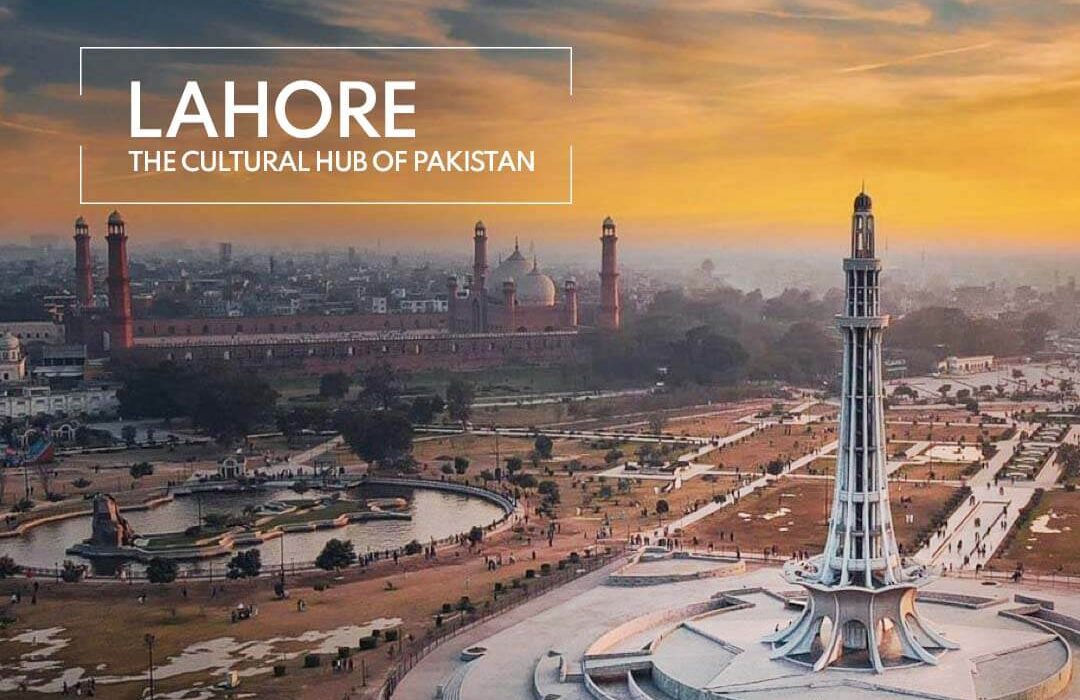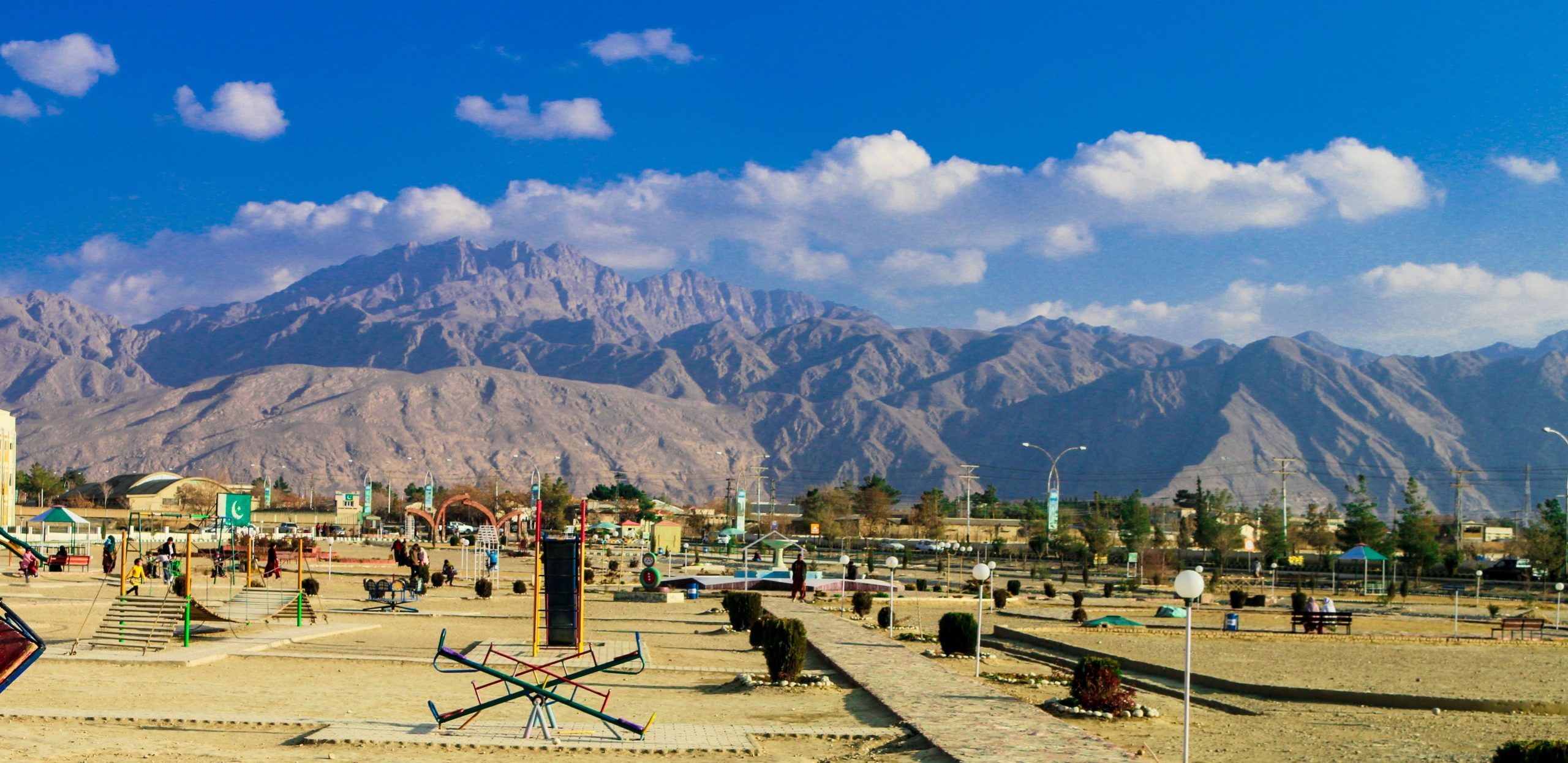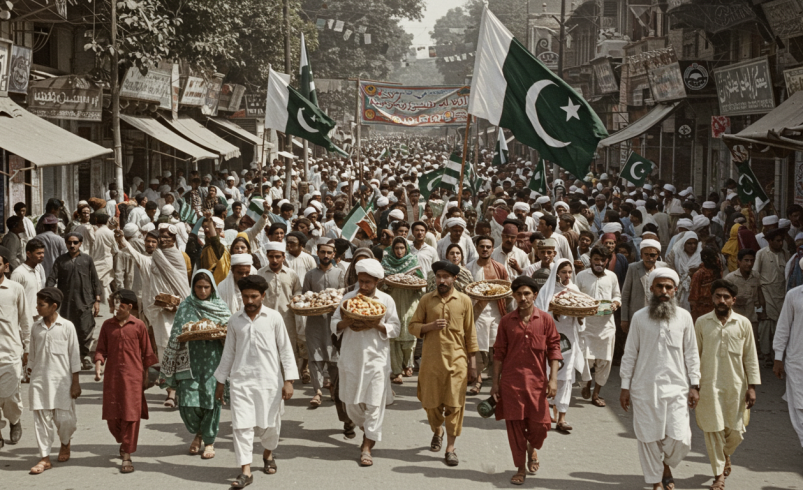
- August 14, 2025
🇵🇰 Introduction
Pakistan’s Journey in 78 Years is nothing short of an epic tale — a saga of courage, dreams, and relentless determination. From the historic moment of independence in 1947 to the bustling cities and breathtaking landscapes of today, Pakistan has grown, stumbled, and soared in ways few could have imagined. It is a land of ancient civilizations, where the ruins of Mohenjo-daro whisper stories of millennia past, where towering peaks kiss the skies in Gilgit-Baltistan, and where modern highways now connect vibrant megacities with remote valleys. This is not just the history of a nation — it’s a living, breathing story of its people, their triumphs, their struggles, and their unshakable spirit, culminating in a Pakistan that stands proudly in 2025 as both a guardian of tradition and a hub of new opportunities.
📜 History of Pakistan
The history of Pakistan is deeply rooted in the Indus Valley Civilization, one of the world’s earliest urban cultures (circa 2500 BCE). Long before the country came into existence, this land was home to great empires — the Mauryan, Kushan, Ghaznavid, Mughal, and later the British Raj. Its cities were crossroads of trade, culture, and religion, shaping the unique heritage that Pakistan carries today.
The idea of a separate homeland for Muslims of the subcontinent took shape in the early 20th century, championed by Allama Iqbal and politically realized under the leadership of Quaid-e-Azam Muhammad Ali Jinnah. On 14 August 1947, after decades of struggle and the partition of British India, Pakistan emerged as the world’s first country created in the name of Islam.
The journey since independence has been marked by political transformations, wars with India, constitutional changes, economic ups and downs, and periods of both democracy and military rule. From the challenges of accommodating millions of refugees in 1947 to achieving nuclear capability in 1998, Pakistan’s story has been one of resilience.
Through the decades, Pakistan has:
- Endured and rebuilt after wars (1948, 1965, 1971, and the Kargil conflict in 1999).
- Navigated shifts from agrarian economies to industrial and service sectors.
- Played a key role in global geopolitics, from the Cold War era to the War on Terror.
- Expanded infrastructure with motorways, dams, and new airports.
- Celebrated cultural and sports achievements, from cricket World Cups to global recognition of its music, art, and literature.
Today, in 2025, Pakistan stands as a nation that has weathered storms yet continues to rise — drawing strength from its youthful population, rich traditions, and strategic position in South and Central Asia.
🕰 Decade-by-Decade Breakdown of Pakistan’s Journey in 78 Years
🕊 1947–1957: Birth of a Nation
- Major Leaders: Quaid-e-Azam Muhammad Ali Jinnah, Liaquat Ali Khan
- Wars/Conflicts: First Kashmir War (1947–48)
- Reforms: Formation of first Constituent Assembly, Objectives Resolution (1949)
- Infrastructure Projects: Establishment of State Bank of Pakistan (1948), Pakistan Railways expansion
- Cultural Milestones: National anthem adopted (1954)
🏛 1958–1969: The Ayub Era and Industrial Growth
- Major Leaders: Field Marshal Ayub Khan
- Wars/Conflicts: 1965 Indo-Pak War
- Reforms: 1962 Constitution, economic liberalization policies
- Infrastructure Projects: Mangla Dam, GT Road modernization
- Cultural Milestones: Film industry golden age
⚔ 1970–1979: Political Upheaval and Separation
- Major Leaders: Zulfikar Ali Bhutto
- Wars/Conflicts: 1971 War, creation of Bangladesh
- Reforms: 1973 Constitution, land reforms
- Infrastructure Projects: Pakistan Steel Mills, Port Qasim
- Cultural Milestones: Rise of Pakistani pop music
📈 1980–1989: Islamization and Regional Turmoil
- Major Leaders: General Zia-ul-Haq
- Wars/Conflicts: Soviet-Afghan War (Pakistan as frontline state)
- Reforms: Hudood Ordinances, madrassa expansion
- Infrastructure Projects: Motorway planning, defence industry boost
- Cultural Milestones: Cricket glory — 1987 World Cup semi-final
🌐 1990–1999: Political Musical Chairs and Nuclear Power
- Major Leaders: Benazir Bhutto, Nawaz Sharif
- Wars/Conflicts: Kargil War (1999)
- Reforms: Economic privatization, free market policies
- Infrastructure Projects: Motorway (M2), Ghazi-Barotha Dam
- Cultural Milestones: 1992 Cricket World Cup win
- Achievement: Nuclear tests (1998)
💻 2000–2009: War on Terror and Global Engagement
- Major Leaders: General Pervez Musharraf
- Wars/Conflicts: War in Afghanistan spillover, terrorism peak
- Reforms: Media liberalization, local government reforms
- Infrastructure Projects: Gwadar Port, telecom expansion
- Cultural Milestones: Pakistani drama industry revival
🏗 2010–2019: Democratic Consolidation and CPEC
- Major Leaders: Asif Ali Zardari, Nawaz Sharif, Imran Khan
- Wars/Conflicts: Operation Zarb-e-Azb (2014)
- Reforms: 18th Constitutional Amendment
- Infrastructure Projects: CPEC motorways, Orange Line Metro Train
- Cultural Milestones: Revival of Pakistani cinema
🚀 2020–2025: Digital Transformation and Climate Resilience
- Major Leaders: Imran Khan, Shahbaz Sharif, Caretaker setups
- Wars/Conflicts: Cross-border tensions, no major wars
- Reforms: Digital Pakistan initiative, e-governance expansion
- Infrastructure Projects: 5G trials (2023), renewable energy parks
- Cultural Milestones: Tourism boom post-COVID
- Challenges: 2022 floods, inflation crisis
🌏 Achievements in Pakistan’s Journey in 78 Years
Pakistan’s progress over the past seven decades is defined not just by big political moments, but also by everyday victories in science, sports, culture, and social development.
🏆 Nuclear Power Status — A Symbol of National Pride
In May 1998, Pakistan conducted nuclear tests in Chagai, Balochistan, in response to India’s tests earlier that month. It wasn’t just a geopolitical move — it became a symbol of resilience for millions of Pakistanis. Locals from nearby villages recall the day as one of celebration, despite being evacuated for safety. Shops offered free sweets to mark what was considered a national security milestone.
🚆 CPEC Development — Connecting Villages to the World
The China-Pakistan Economic Corridor is more than just roads and ports; it has transformed small towns. For example, the once-remote town of Havelian in Khyber Pakhtunkhwa now hosts a modern dry port, enabling farmers to export fresh produce directly to China. Residents who once relied on donkey carts now see container trucks passing daily.
🎯 Sports Victories That United the Nation
- The 1992 Cricket World Cup victory under Imran Khan brought celebrations from Karachi to Khyber. Streets filled with flag-waving fans, and even remote villages set up televisions powered by generators to watch the final.
- In 2009, winning the ICC T20 World Cup gave the country a morale boost during a period of terrorism challenges. Young cricketers in Swat Valley later said the win inspired them to join local cricket academies rather than leave the sport out of fear.
💻 Technology Expansion and the IT Boom
Pakistan’s IT exports crossed $3 billion in 2024, but behind this figure are human stories — like the one of Fatima from Multan, who started as a freelance graphic designer in 2017 and now runs her own software startup serving clients in the US and UK. Platforms like Upwork and Fiverr have allowed thousands of Pakistanis to earn from home.
🏛 Cultural Preservation and Revival
Restoration of sites like Lahore Fort and Shalimar Gardens has not only attracted tourists but also created jobs for local artisans. Craftsmen from old Lahore now pass down tile-work skills to apprentices, keeping centuries-old techniques alive.
⚠ Challenges in Pakistan’s Journey in 78 Years
While Pakistan has celebrated many milestones, its journey has been equally defined by struggles that test national resilience.
💵 Economic Crises and the Ordinary Citizen
Inflation isn’t just a statistic; it’s the reality for people like Akram, a rickshaw driver in Faisalabad, who says fuel price hikes in 2023 cut his daily income by almost half. IMF loans have kept the country afloat, but they come with strict austerity measures that directly impact households.
🏛 Political Instability and Missed Opportunities
From the 1977 military coup to frequent government changes in the 1990s, political instability often halted long-term development projects. For example, the Karachi Circular Railway, planned in the 1970s, was abandoned for decades due to shifting political priorities.
🛡 Security Concerns and Human Resilience
The early 2000s saw Pakistan grappling with terrorism. In cities like Peshawar, shopkeepers recall days when markets would empty by sunset due to fear. Yet, through operations like Zarb-e-Azb and community policing, life has largely returned to normal — with families once again enjoying night markets and street food.
🌍 Climate Change and the 2022 Floods
The 2022 floods were one of the worst in Pakistan’s history, displacing over 33 million people. Farmers in Sindh lost entire harvests, forcing many to migrate to urban areas. Despite the devastation, local volunteers and NGOs worked tirelessly to deliver food and medical aid — a reminder of Pakistan’s spirit of solidarity in crisis.
🏔 Tourism Growth in Pakistan’s Journey in 78 Years
Tourism has become one of Pakistan’s fastest-growing sectors, offering not just economic benefits but also hope for remote communities.
🏞 Northern Wonders — Changing Lives in Gilgit-Baltistan
Hunza, Skardu, and Fairy Meadows have drawn both domestic and international travelers. Guesthouse owner Karim from Hunza says his small family business now hosts tourists from Germany, Japan, and the Gulf — something unimaginable in the early 2000s when tourism was stagnant.
🏖 Coastal Charm — Gwadar’s Rising Popularity
Gwadar, once a small fishing town, now hosts beach festivals and boating competitions. Locals have started seafood restaurants, attracting visitors eager to taste fresh lobster and kingfish while enjoying Arabian Sea sunsets.
🕌 Heritage Revival — Lahore and Multan Leading the Way
In Lahore’s old city, heritage walking tours have become popular, with guides sharing stories of Mughal emperors and Sikh rulers. In Multan, the annual Urs of Shah Rukn-e-Alam now attracts pilgrims and history lovers from around the world.
🛣 Improved Access Means More Tourists
The construction of the Hazara Motorway cut travel time from Islamabad to Abbottabad, making weekend trips more common. Local fruit sellers along the route report higher incomes as travelers stop to buy cherries, apricots, and walnuts.
📊 Pakistan in Numbers (2025)
| Indicator | Value |
|---|---|
| Population | ~243 million |
| GDP (Nominal) | $370 billion |
| Literacy Rate | 63% |
| Tourist Arrivals | 2.2 million/year |
| Sports Records | Cricket WC 1992, T20 WC 2009, Hockey World Cup 4 times |
| IT Exports | $3.2 billion |
| Renewable Energy Share | 7% |
❓ FAQs
❓ How has Pakistan’s Journey in 78 Years shaped its national identity?
Over the decades, Pakistan’s Journey in 78 Years has been defined by resilience, cultural pride, and a continuous effort to balance tradition with modernity. Events like the independence struggle, democratic transitions, and economic reforms have built a unique national character.
❓ Why is the 78-year mark significant for Pakistan’s Journey in 78 Years?
The 78-year mark is a milestone because it reflects both the progress and the challenges that Pakistan has faced in nearly eight decades of nation-building, modernization, and global engagement.
❓ What were the most remarkable achievements in Pakistan’s Journey in 78 Years?
From becoming a nuclear power in 1998 to expanding infrastructure like the CPEC highways and Gwadar Port, Pakistan’s Journey in 78 Years is filled with milestones that have elevated its global standing.
❓ How has Pakistan’s Journey in 78 Years impacted tourism?
Tourism has flourished, with valleys like Hunza and Skardu gaining global attention. Over Pakistan’s Journey in 78 Years, the country has shifted from being an overlooked destination to a must-visit for adventure travelers.
❓ What role did leadership play in Pakistan’s Journey in 78 Years?
Leaders from Quaid-e-Azam to recent prime ministers have influenced Pakistan’s Journey in 78 Years, each contributing policies, reforms, or visions that shaped the country’s path.
❓ How did wars affect Pakistan’s Journey in 78 Years?
The 1948, 1965, and 1971 wars significantly altered the trajectory of Pakistan’s Journey in 78 Years, impacting defense priorities, national unity, and foreign relations.
❓ What social reforms stand out in Pakistan’s Journey in 78 Years?
Key reforms include educational expansion in the 2000s, women’s empowerment programs, and health initiatives like polio eradication efforts — all defining parts of Pakistan’s Journey in 78 Years.
❓ How has the economy evolved in Pakistan’s Journey in 78 Years?
From an agrarian base to a growing industrial and service economy, Pakistan’s Journey in 78 Years shows a steady diversification, despite setbacks from political instability and natural disasters.
❓ What challenges remain after Pakistan’s Journey in 78 Years?
Issues like poverty, corruption, energy shortages, and climate vulnerability persist, reminding us that Pakistan’s Journey in 78 Years is still a work in progress.
❓ How did infrastructure projects boost Pakistan’s Journey in 78 Years?
Mega projects like the Tarbela Dam, Islamabad Motorway, and CPEC have been crucial to Pakistan’s Journey in 78 Years, enhancing connectivity and energy production.
❓ How has Pakistan’s Journey in 78 Years influenced sports?
The country’s cricket World Cup victory in 1992 and hockey dominance in the ’80s are proud moments in Pakistan’s Journey in 78 Years, uniting the nation in celebration.
❓ How did cultural heritage preservation evolve in Pakistan’s Journey in 78 Years?
Efforts to restore sites like Mohenjo-daro, Lahore Fort, and Makli Necropolis have ensured that Pakistan’s Journey in 78 Years respects and protects its rich history.
❓ How does Pakistan’s Journey in 78 Years compare with other nations?
Compared to nations of similar age, Pakistan’s Journey in 78 Years stands out for its resilience in overcoming geopolitical challenges while maintaining a vibrant cultural identity.
❓ What has been the role of youth in Pakistan’s Journey in 78 Years?
With over 60% of the population under 30, the youth have driven entrepreneurship, tech innovation, and activism in Pakistan’s Journey in 78 Years.
❓ How has Pakistan’s Journey in 78 Years been influenced by climate change?
Floods, heatwaves, and glacial melt have tested Pakistan’s Journey in 78 Years, pushing for stronger environmental policies and disaster preparedness.
❓ How have women contributed to Pakistan’s Journey in 78 Years?
Women like Benazir Bhutto, Malala Yousafzai, and countless entrepreneurs have played key roles in Pakistan’s Journey in 78 Years, breaking barriers in politics, education, and business.
❓ What global partnerships shaped Pakistan’s Journey in 78 Years?
Strategic alliances with China, the USA, and Gulf countries have impacted Pakistan’s Journey in 78 Years, influencing trade, defense, and infrastructure growth.
❓ How have technology and innovation transformed Pakistan’s Journey in 78 Years?
Digital banking, e-commerce, and IT exports have skyrocketed in Pakistan’s Journey in 78 Years, placing the country on the global tech map.
❓ What does the future hold after Pakistan’s Journey in 78 Years?
If challenges like governance and climate change are addressed, Pakistan’s Journey in 78 Years can evolve into a story of sustained growth and global recognition.
🏁 Conclusion
Pakistan’s Journey in 78 Years is a testament to resilience, adaptation, and ambition. From its birth in 1947 with scarce resources to becoming a nuclear power and emerging digital economy in 2025, the nation has faced wars, political challenges, and economic hardships — yet continues to move forward. The road ahead lies in addressing economic instability, fostering political unity, investing in education, and combating climate change. With its rich culture, young population, and strategic location, Pakistan has the potential to transform its challenges into opportunities for a brighter future.


